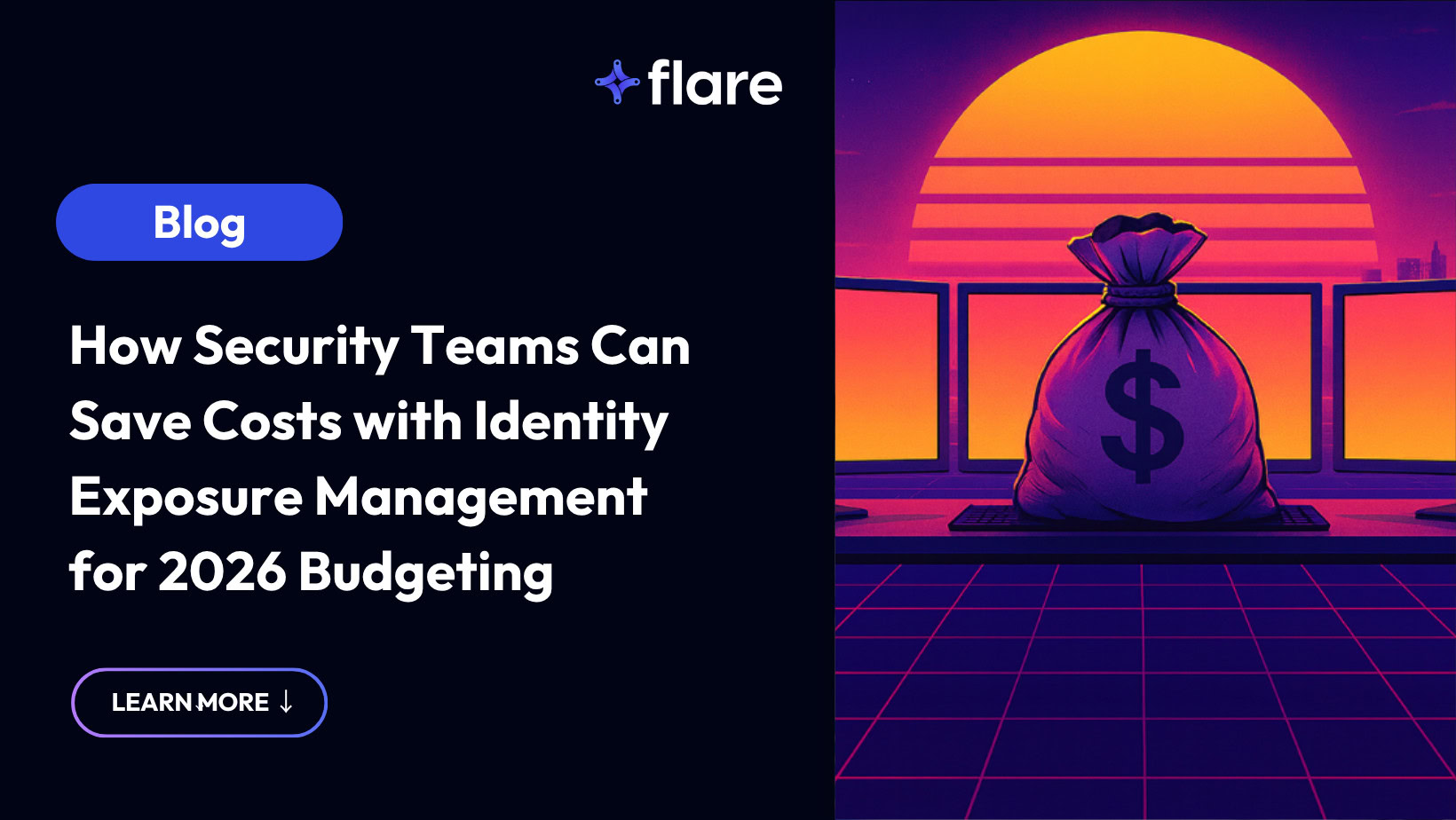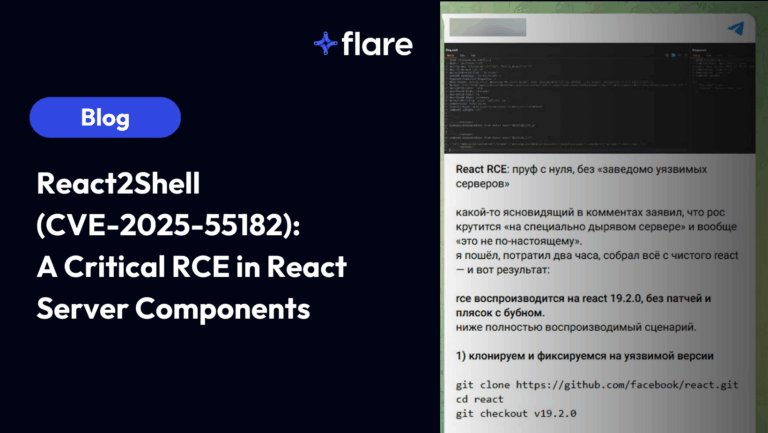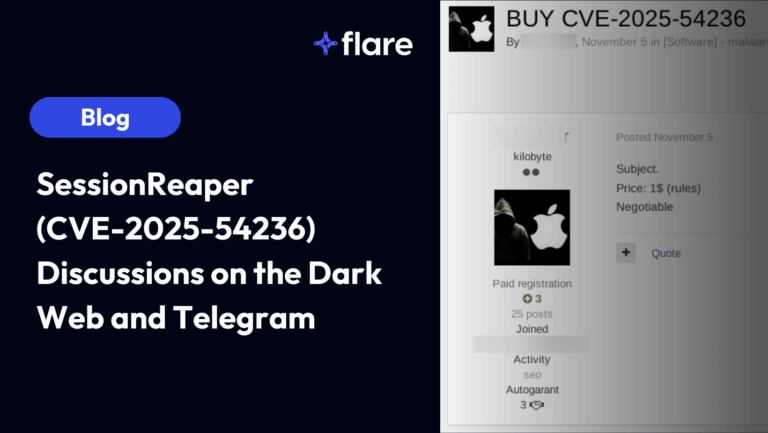
With threat actors increasingly targeting credentials, accounts, and session cookies, security teams can benefit immensely from updating their defense to the modern cybercrime landscape.
Prioritizing Identity Exposure Management (IEM) for your cybersecurity strategy would be a worthwhile 2026 budget priority with an ROI in saving security team time and resources, mitigating threats faster, and reducing the chances of a breach.
Overlooked Budget Risk: Leaked Credentials
From employee logins to admin accounts to stolen session cookies, threat actors buy, sell, and trade identity data. Once compromised, these credentials can often bypass traditional defenses like MFA.
The hidden cost? Every leaked credential increases breach likelihood, incident response costs, regulatory exposure, and reputational damage.
The Dissolved Perimeter Leaves Too Many Unknowns
Your employees are logging into dozens, sometimes hundreds, of SaaS applications, many from unmanaged personal devices. Shadow SaaS accounts, forgotten credentials, and exposed sessions are everywhere. Threat actors know this, and they’re exploiting the lack of visibility.
- 88% of web application attacks involve stolen credentials
- 46% of stealer logs contain corporate credentials, often from unmanaged devices
Traditional perimeter-based defenses can’t address these exposures because the “perimeter” no longer exists.
Attackers Move Fast While Response Times Can Lag
Threat actors only need roughly 48 minutes on average to commit a cyberattack. On the other hand, many organizations can still take days or weeks to discover that an employee’s credentials leaked.
Consider this scenario at 2 AM on a Saturday: an employee’s credentials are posted for sale on a forum. For a typical mid-market company, the best case is detection by Monday afternoon, which is a 36 hour gap. By then, threat actors may have already accessed sensitive SaaS apps and moved laterally across your environment.
The Cost of Remediation Keeps Adding Up
Remediating identity exposures is not only about risk, but it’s also expensive. Forrester research estimates that each password reset costs $70 when you factor in both IT overhead and lost productivity. Multiply that across hundreds or thousands of exposures annually, and the costs add up quickly.
In addition, organizations are taking 11 hours on average to investigate a single identity-related security alert. With threat actors bypassing MFA and leveraging valid credentials, security teams are stuck in an endless cycle of investigation and cleanup.
How Do We Solve It?
IEM directly addresses this risk by continuously monitoring for identity exposures and enabling fast remediation. For security and finance teams planning budgets, IEM offers clear benefits:
- Comprehensive Identity Threat Exposure Coverage: Supported by world-class researchers and agile collection pipelines, Flare delivers unparalleled coverage of leaked credentials and stealer logs, so organizations can monitor and quickly remediate exposures.
- Near Real-Time Detection: Threat actors act quickly to abuse fresh stolen identity data. Flare automatically and continuously scans relevant sources, alerting customers the moment fresh credentials or active sessions appear. Automated monitoring replaces time-consuming manual dark web searches, saving hundreds of hours annually and letting lean teams focus on higher-value initiatives.
- Native Automated Validation and Remediation: False positives are a constant challenge for security teams. With Flare Microsoft Entra ID Exposed Credential Validation, cut through the noise by automatically confirming whether compromised credentials belong to active users. This accelerates remediation, reduces distractions, and shrinks the attacker’s window of opportunity. With upcoming support for Okta, Ping, and other major Identity Providers (IDPs), Flare ensures teams spend less time chasing false alerts and more time driving proactive defense.
- Proven ROI: IEM isn’t just about risk, it’s also about measurable business impact. Forrester’s 2025 Total Economic Impact (TEI) study shows a 321% ROI. Customers cited Flare’s Threat Exposure Management capabilities as the primary driver behind a 25% reduction in the likelihood of a severe data breach and a $167,000 in labor hours saved annually for threat intelligence and related teams. Faster detection, fewer costly breaches, and reduced investigation overhead translate into proven, quantifiable value.
Check out Flare’s IEM for yourself:
How to Talk About IEM in Budget Conversations
There’s no mystery to how breaches happen: attackers log in with valid credentials. With the endless supply of stealer logs fueling the illicit identity economy, organizations can no longer afford slow, manual, or piecemeal approaches to identity risk.
Flare’s IEM provides your security team with:
- Comprehensive coverage of leaked credentials and stealer logs
- Near real-time detection of active exposures
- Automated validation and remediation for faster response
The result? Lower breach risk, reduced response costs, and a team that can finally stay ahead of attackers. Investing in IEM creates measurable business value while lowering organizational risk.
Budgeting is often about trade-offs. But when one line item can both cut risk and deliver measurable ROI, it’s not a trade-off, but rather a priority.
Turn Credential Chaos into Clarity with Flare
The Flare Threat Exposure Management solution empowers organizations to proactively detect, prioritize, and mitigate the types of exposures commonly exploited by threat actors. Our platform automatically scans the clear & dark web and prominent threat actor communities 24/7 to discover unknown events, prioritize risks, and deliver actionable intelligence you can use instantly to improve security.
Flare integrates into your security program in 30 minutes and often replaces several SaaS and open source tools. See how Identity Exposure Management can save time for your team with a demo.





